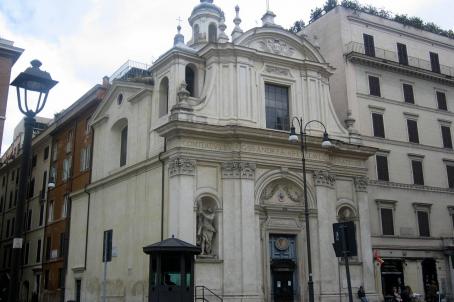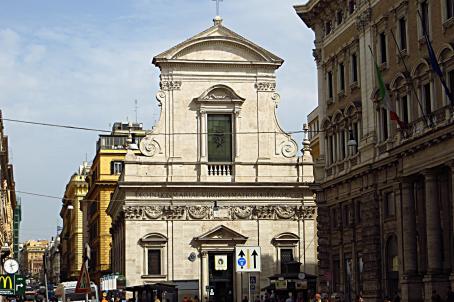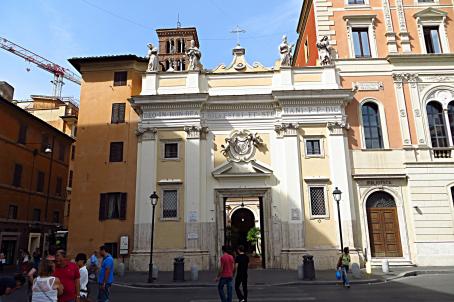The Basilica of Sant'Andrea delle Fratte
The Basilica of Sant'Andrea delle Fratte was built between 1653 and 1662 but a church already existed on the site in the 11th century. The Baroque reconstruction of the 17th century is the work of Francesco Borromini, but the façade dates back to 1862. The church is the place where the famous conversion of Alphonse Ratisbonne (1814-1848) took place.






